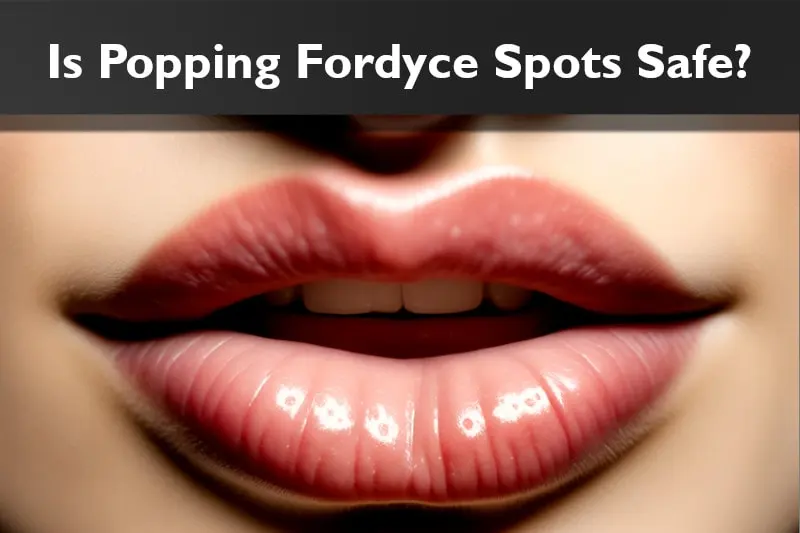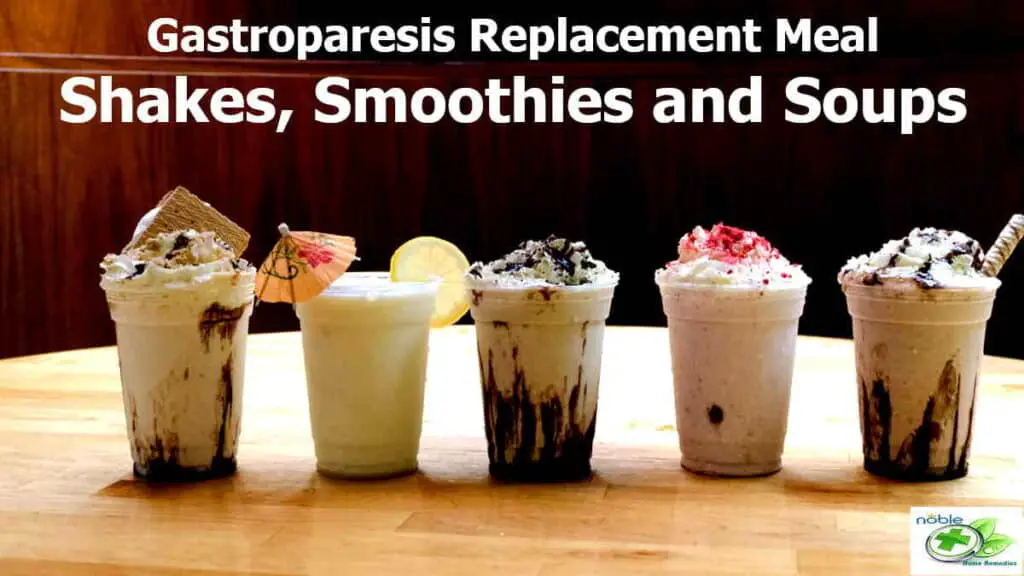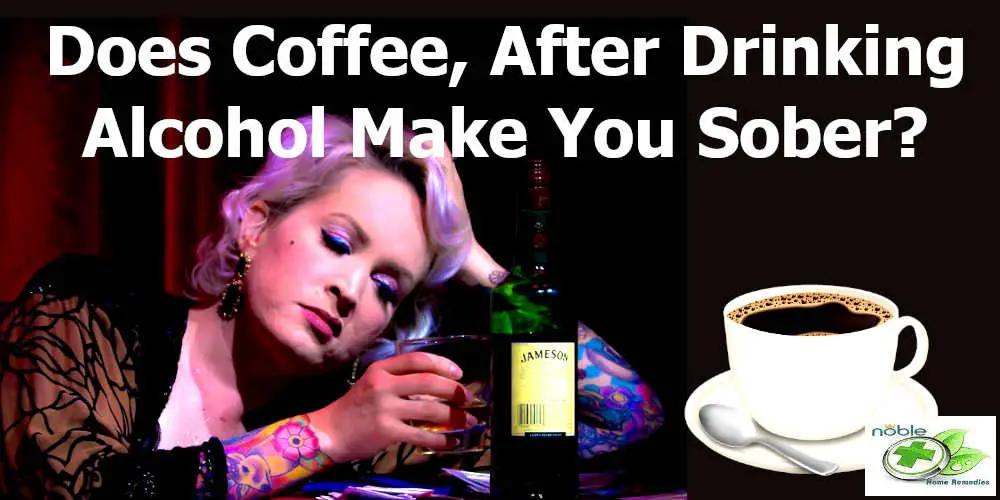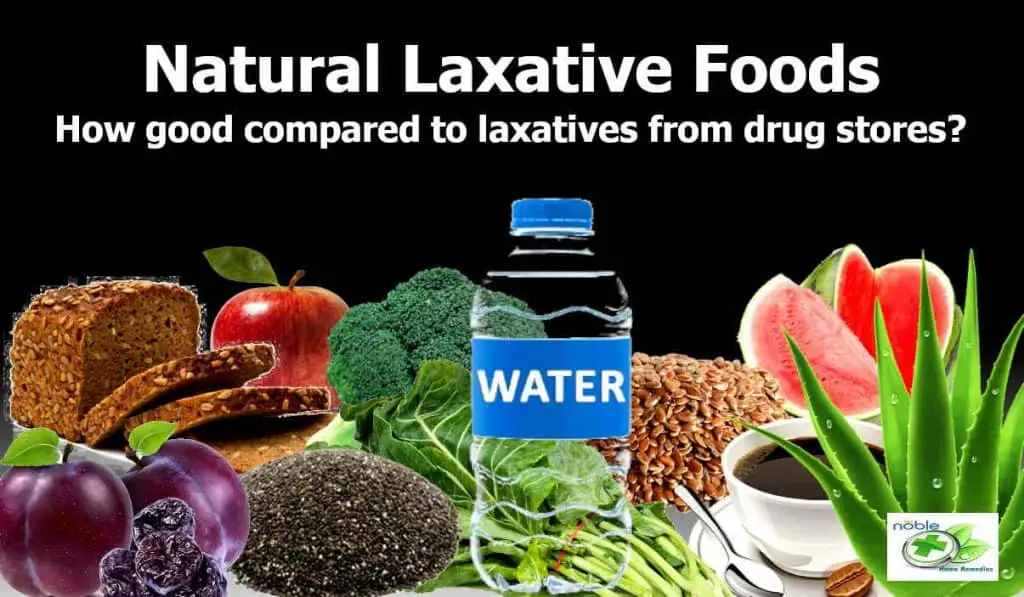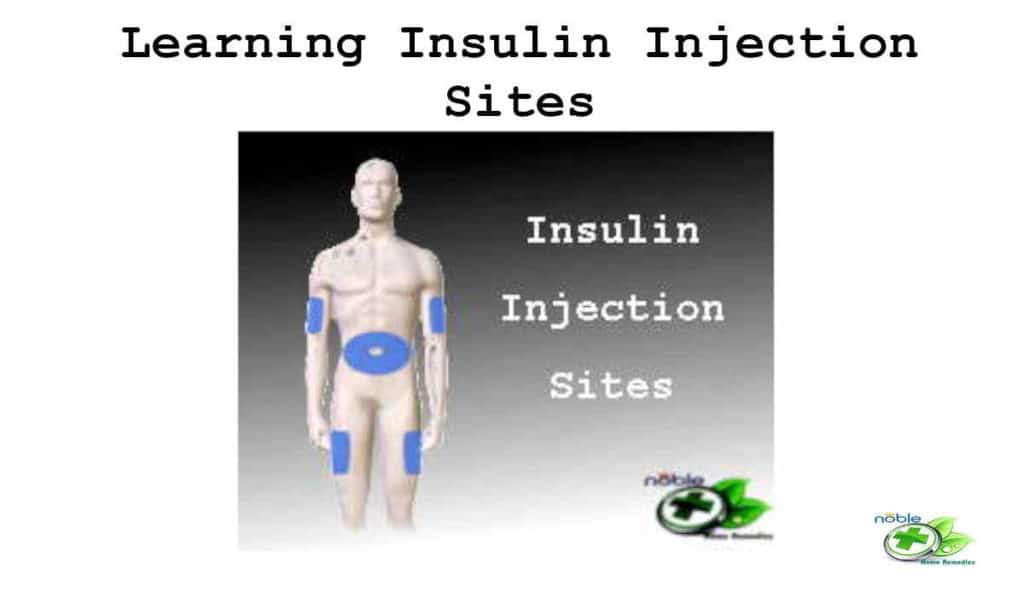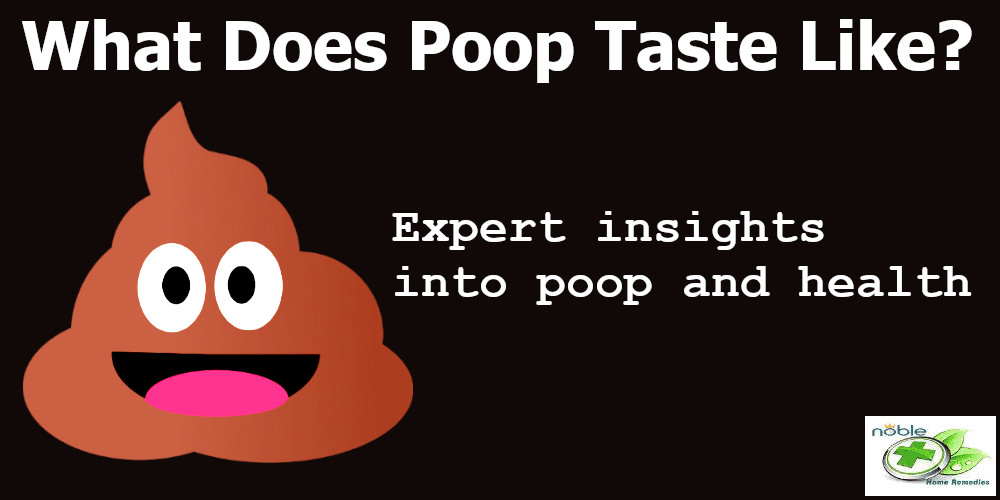When To Worry About Varicose Veins: How to Prevent at Home
If you have noticeable bulging veins in your legs, you may be concerned about whether or not you have varicose veins. While many people with varicose veins don’t experience any symptoms, some may experience pain, swelling, and cramping in their legs. If you’re concerned about your veins, here’s what you need to know about when to worry about varicose veins and how to treat them.
There’s no one-size-fits-all answer to the question of whether or not you should treat your varicose veins. The decision depends on many factors, including the severity of your symptoms and the risk of complications.
If you’re considering treatment for varicose veins, you may be wondering what your options are. There are a number of different treatments available, and the best option for you will depend on your individual circumstances.
If you’re considering treatment for varicose veins, you may be wondering what your options are. There are a number of different treatments available, and the best option for you will depend on your individual circumstances.
Varicose Veins What are They?
Blood is pumped through the arteries by the heart. The pressure created by the heart pushes the blood through the arteries. Veins, on the other hand, rely on leg muscle contraction and one-way valves to carry blood back to the heart. This is because veins have to carry blood against the force of gravity.
If the valves in veins fail, gravity causes blood to flow back to the heart less efficiently. This produces a backup, or congestion, of blood. As a result, pressure builds up and the affected veins become enlarged, eventually bulging to the skin’s surface. This can affect veins of any size; however when larger veins fail, they are typically called varicose veins. When smaller veins are affected, they are typically called spider veins.
These enlarged varicose veins and spider veins are usually found on the legs, but can also occur in other parts of the body.
While most people with varicose veins don’t experience any serious health problems, the condition can sometimes lead to blood clots or ulcers.
Around 30-50% of adults may develop varicose veins, which are more likely to occur as people age. However, younger people can develop them as well if they have weakened valves in their veins.
Risk factors for varicose veins
There are a number of factors that causes varicose veins, including:
- Age: The valves in your veins can start to wear out over time, making you more susceptible to varicose veins.
- Pregnancy: The extra weight pressure from pregnancy can contribute to the development of varicose veins.
- Obesity: Excess weight puts additional pressure on your veins, which can lead to the formation of varicose veins. Use the BMI and BMR calculator to plan how many calories to burn every day.
- Standing or sitting for long periods: This can cause blood to pool in your veins and lead to the formation of varicose veins.
Varicose veins in one leg only? Varicose veins can occur in almost any vein in the body; however, they are more likely to occur in the veins of the lower parts of the body. They usually only affect one side of the body.
Just because symptoms only occur in one leg doesn’t mean that the other leg will never develop varicose veins. It just means that the veins are healthy at the moment, but there is a possibility of developing varicose veins at some other time.
Varicose Veins and Spider Veins Symptoms
- Aching or heaviness in the legs: This is often the first symptom of varicose veins. It is caused by the extra weight of the blood in the veins and the pressure of the swollen veins on the surrounding tissues.
- Swelling in the legs: This is caused by the same factors as the aching or heaviness.
- Cramping in the legs: This can be caused by the vein being under too much pressure, or by a blood clot in the vein.
- Itching around the veins: This is a common symptom of both varicose veins and spider veins. It is caused by the inflammation of the veins.
- Burning or throbbing in the legs: This is another common symptom of both varicose veins and spider veins. It is caused by the vein being under too much pressure.
- Discoloration of the skin around the veins: This is caused by the blood leaking out of the veins and into the surrounding tissues.
- Ulcers on the legs: This is the most serious symptom of varicose veins. It is caused by a blood clot in the vein that prevents the blood from flowing properly.
People want to know about varicose veins cancer symptoms. There is no direct link between varicose veins and cancer. Varicose veins do not cause cancer.
When To Worry About Varicose Veins?
If you have varicose veins, you may be wondering when to worry about them. While they may be unsightly, they are usually not a cause for concern. However, there are some cases when you should see a doctor.
- Pain in your legs: This may be a sign that the veins are not draining properly. This can lead to blood clots, which can be dangerous.
- Veins are getting larger or more numerous: this may be a sign of a more serious problem.
- Swelling in your legs or feet: this may be a sign that the veins are not draining properly. This can lead to blood clots, which can be dangerous.
- Changes in the skin around the veins: such as redness, swelling, or ulcers, may be a sign of a more serious problem.
If you have any of these symptoms, you should see a doctor. They can determine if the veins are causing a problem and recommend treatment.
Treatment for varicose veins may include lifestyle changes, such as avoiding long periods of standing or sitting. You may also be prescribed compression stockings, which can help to improve circulation. In some cases, surgery may be necessary to remove the veins.
If you are concerned about varicose veins, talk to your doctor. They can help you to understand the risks and benefits of treatment options.
Can varicose veins cause DVT (Deep vein thrombosis)? This condition is not typically associated with varicose veins because they affect the veins closer to the surface of the skin. DVT is a serious condition that occurs when there are blood clots in the deep veins. However, severe varicose vein conditions can sometimes cause blood clots to form in the deep veins. This can result in DVT.
Treatment Options for Varicose Veins
If there are no symptoms, medical treatment may not be necessary. However, varicose veins may sometimes worsen without treatment.
Compression stockings: These elastic stockings are designed to squeeze the veins and prevent blood from pooling. Compression stockings are most effective when they are worn every day and can be especially useful for people who are on their feet all day or who sit for long periods of time.
Elevation of the legs: If you have mild to moderate varicose veins, your doctor may instruct you to elevate your feet above the level of your heart 3 or 4 times a day for about 15 minutes at a time. This can help reduce leg swelling and other symptoms. If you need to sit or stand for a long period of time, flexing (bending) your legs occasionally can help keep blood circulating.
Elevating your legs is also the best sleeping position for varicose veins pain relief at night. You may acid reflux wedge pillow to help to have your legs elevated.
Thermal ablation: Some treatments for varicose veins use lasers or radiofrequency energy to heat and destroy the vein. A small fiber is inserted into the vein through a catheter for this purpose. This can be an effective treatment, but it’s important to consult a medical professional to see if it’s right for you.
Sclerotherapy: Sclerotherapy is a medical procedure used to treat varicose veins and spider veins. The procedure involves injecting a solution into the veins, which causes them to collapse and fade away.
Microphlebectomy: Microphlebectomy is an effective treatment for varicose veins and spider veins because it removes the affected veins without damaging the surrounding tissue. This means that the procedure can be repeated if necessary and there is minimal scarring.
Vein stripping: This is a surgical procedure that involves removing the affected veins from your legs.
Home Remedies for Prevention of Varicose Veins
These few tips can help to prevent varicose veins or spider veins. You may at least adopt these methods when you notice symptoms at a very early stage.
- Keeping a healthy weight
- Putting your feet up while sitting helps
- Do not cross your legs while sitting
- Avoid tight clothing
- Exercising regularly
Takeaway
Varicose veins are usually not dangerous or life-threatening and do not cause health issues. The majority of people who have varicose veins are concerned about their appearance. They may endure discomfort but do not develop issues.
When to worry about varicose veins? In case symptoms are not easing and affecting your daily life then you need to take action to control them.
Source:
Noble Home Remedies adheres to rigorous sourcing standards, drawing information from peer-reviewed studies, reputable academic research institutions, and esteemed medical journals and associations. We prioritize using high-quality, trustworthy sources to maintain the accuracy and integrity of our content. You can learn more about how we ensure our content is accurate and current by reading our editorial policy.
- Varicose veins by Mayo Clinic
- When to worry about varicose veins? by Health University of Utah
- The Relationship Between Varicose Veins and Cancer by Center for Veins Restoration
Trust in your purchase:
Every product featured on our site has been carefully researched and selected based on quality, customer ratings, and positive reviews to ensure you receive excellent value for your money.
Please note:
This post contains affiliate links. If you make a purchase through these links, we may earn a small commission at no additional cost to you. This helps support our site and allows us to continue bringing you valuable content. Thank you!
Thank you for your precious time spent with NobleHomeRemedies.
You may also like:
Is Popping Fordyce Spots Safe
Is Popping Fordyce Spots Safe?: 4 Potential Dangers Exposed Every now and then, our skin…
Gastroparesis Shakes, Smoothies, Soups Recipes
27 Best Gastroparesis Meal Replacement Shakes, Smoothies, and Soups In this article, we are covering…
Can Coffee After Drinking Alcohol Sober You?
Drinking Coffee After Drinking Alcohol: Can It Sober You Up? When people drink alcohol, they…
Natural Laxative Foods
Natural Laxative Foods: Compare with drug store laxatives! Constipation is one big problem for many…
Insulin Injection Sites – Learn how to Inject – Type1 & Type2 Diabetes
Insulin Injection Sites – Learn how to Inject – Type1 & Type2 Diabetes What are…
Poop Health – What Does Poop Taste Like?
What Does Poop Taste Like?: 7 Poop Secrets and Your Health What Does Poop Taste…

